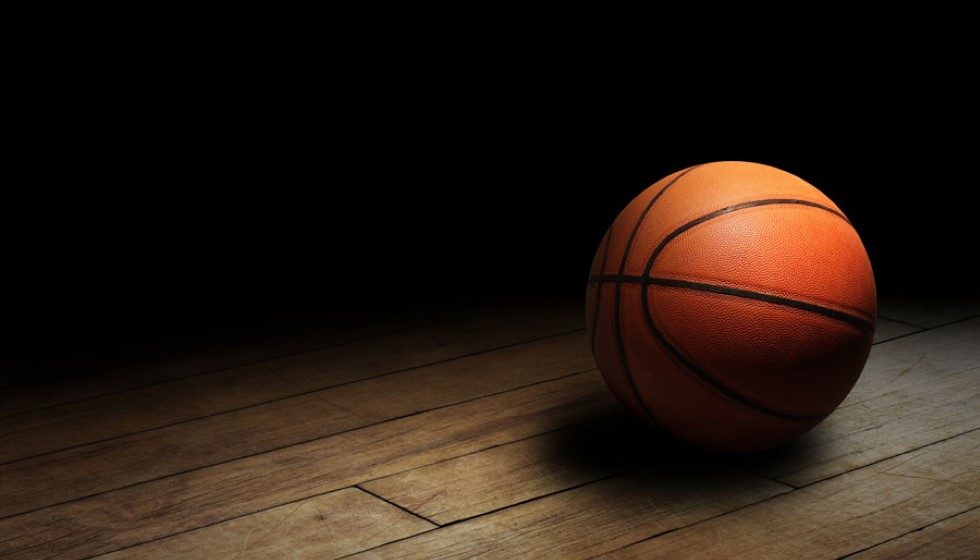
The Philadelphia 76ers are navigating one of the more intriguing phases of their season, demonstrating remarkable adaptability in the absence of their formidable centers, Joel Embiid and Andre Drummond. In the grand scheme of the NBA, where the archetypal role of a center has undergone significant evolution, the Sixers find themselves at an engaging crossroads under the stewardship of Coach Nick Nurse.
A New Centerpiece in Small-Ball Tactics
With Embiid and Drummond unavailable, Guerschon Yabuesele has risen to the challenge, assuming the critical role of starting at the center position. It marks a pivotal shift in the Sixers' strategy—embracing a smaller lineup—which echoes a broader trend across the league. Defensively, the team is relying on Adem Bona to anchor the second unit, a role that provides the squad with an alternative strategy to the traditional big-man approach.
However, this strategy has not been without its challenges. The recent 123-115 loss to the New Orleans Pelicans underscored the complexities of this transition, particularly as the Sixers tested a centerless formation. The unconventional lineup featured the versatile Paul George alongside Tyrese Maxey, Ricky Council IV, Kelly Oubre Jr., and Caleb Martin. George, renowned for his perimeter defense and boasting an impressive 6-8 frame with a 6-11 wingspan, offers dynamic defensive capabilities and has been a central figure in this evolution.
The Paul George Adjustment
For Paul George, adapting to a more fluid role on the court has been both a professional challenge and a personal evolution. He describes the transition candidly: "It's different. I'm used to scrapping and running around and chasing and fighting through screens." This is a sentiment likely shared by many players who have had to adjust from traditional roles to fit into smaller, more agile lineups.
Nonetheless, George finds greater joy in playing to his natural inclinations. "To be honest, I'm bored playing on a 5. It just don't do enough for me," he admits, hinting at the innate satisfaction derived from disrupting plays and matching up with offensive threats on the wing. His desire is clear: "I enjoy chasing the little guys and matching up against wing offensive players."
Testing Limits and Setting Precedents
Under Coach Nurse's guidance, the Sixers are employing strategies that have been in vogue with successful teams like the Boston Celtics. Smaller lineups rely heavily on speed, agility, and the ability to switch across multiple positions, thereby testing the Sixers' adaptability during this period without their star center. It is a testament to the team's willingness to embrace transformation and use the absence of traditional pillars as an opportunity to innovate and refine their gameplay.
The challenge for the Sixers, as it remains, is to harness the potential of these new formations. The adaptability of players like George could be pivotal in weathering this transition while maintaining competitive performance. For now, the Sixers continue to explore this uncharted territory, with each game serving as a canvas for experimentation and learning.
Although victories might not be guaranteed in this phase of experimentation, the Sixers’ efforts represent a microcosm of the evolving nature of modern basketball. The team's journey through centerless configurations could well set benchmarks for adaptability, resilience, and innovation in how the game is approached at the professional level.